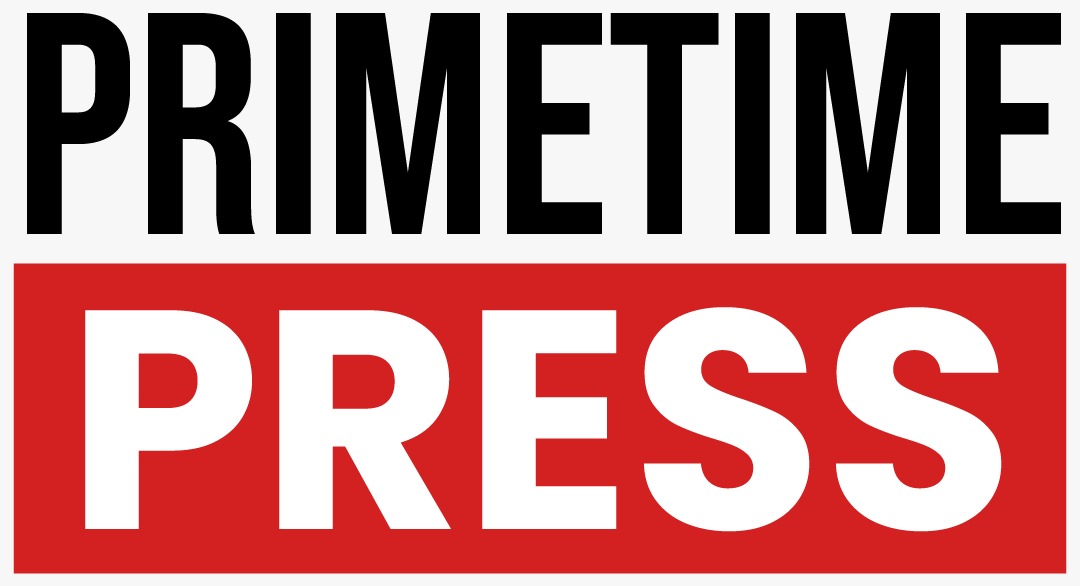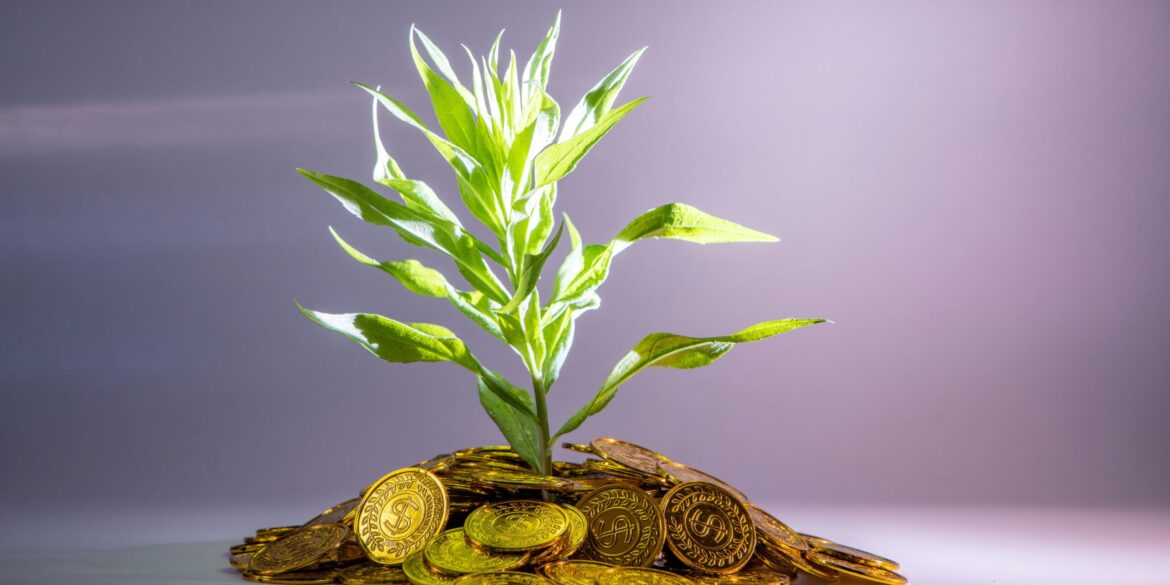U.S. consumer confidence has made a significant comeback in May 2025, signaling renewed optimism about the country’s economic trajectory. According to the latest data from the Conference Board, the Consumer Confidence Index (CCI) climbed to 118.7 in May, up from 113.2 in April. This rebound suggests that Americans are feeling more assured about their financial outlook and the broader state of the economy.
The increase in consumer sentiment is being attributed to several key developments that have helped ease public anxiety over inflation and economic uncertainty. Among these are lower gas prices, steady job growth, and signs of inflationary pressures beginning to stabilize after months of volatility. These positive trends have collectively strengthened consumers’ purchasing power and outlook on future conditions.
“Consumers are feeling more secure about their financial futures, and this is translating into increased spending, which is critical for overall economic growth,” said Lynn Franco, Senior Director of Economic Indicators at the Conference Board. Franco noted that consumer sentiment is a vital component of economic momentum, particularly in a country where consumer spending accounts for nearly 70% of GDP.
The labor market has played a significant role in boosting confidence. The U.S. economy added a substantial number of jobs in April, with unemployment holding near pre-pandemic lows. Job stability and wage gains in key sectors, including healthcare, construction, and technology, have contributed to a sense of economic security among workers. While wage growth has been slower than some analysts expected, it has nonetheless kept pace with inflation, helping households maintain their purchasing power.
Another contributing factor to the rising confidence is the stabilization of the housing market. After years of volatility marked by fluctuating mortgage rates and limited housing supply, recent data indicates that mortgage rates have slightly eased, and housing inventory has improved. These shifts have made homeownership more accessible to a broader segment of the population, encouraging long-term financial planning and investment.
Retailers and service providers are already seeing signs of this renewed consumer optimism. Spending on travel, dining, and home improvement has picked up, reflecting a shift in consumer behavior toward discretionary purchases. The uptick in spending is expected to fuel further economic activity in the months ahead, particularly as the summer season approaches.
However, despite the positive news, economists urge caution. While inflation has moderated, it remains a key concern, especially in the areas of food and healthcare. Additionally, the Federal Reserve’s monetary policy will continue to be a focal point, as future rate decisions could influence borrowing costs and consumer behavior. Any unexpected economic shocks or global events could also dampen confidence, making continued vigilance essential.
That said, the May consumer confidence report is a welcome development after a period of economic uncertainty. It reflects a broader trend of stabilization in the U.S. economy as it moves further away from the disruptions of the COVID-19 pandemic and adapts to new economic realities.
Business leaders and policymakers are closely watching these trends, as rising consumer confidence often precedes increased spending and economic expansion. For now, the message from Main Street appears to be one of cautious optimism—Americans are beginning to feel more hopeful about their financial futures and are willing to spend accordingly.

